Exploration of Robotic Technology with Complex Wooden Pavilions
A group of students and a team of researchers from the Adel Design Research (ADR) Laboratory at the University of Michigan Taubman College of Architecture and Urban Planning have proven how a pavilion with complex structures and systems can be realized with the help of robots. This is the Robotically Fabricated Structure (RFS), a wooden pavilion assembled from the team's research on robotic technology
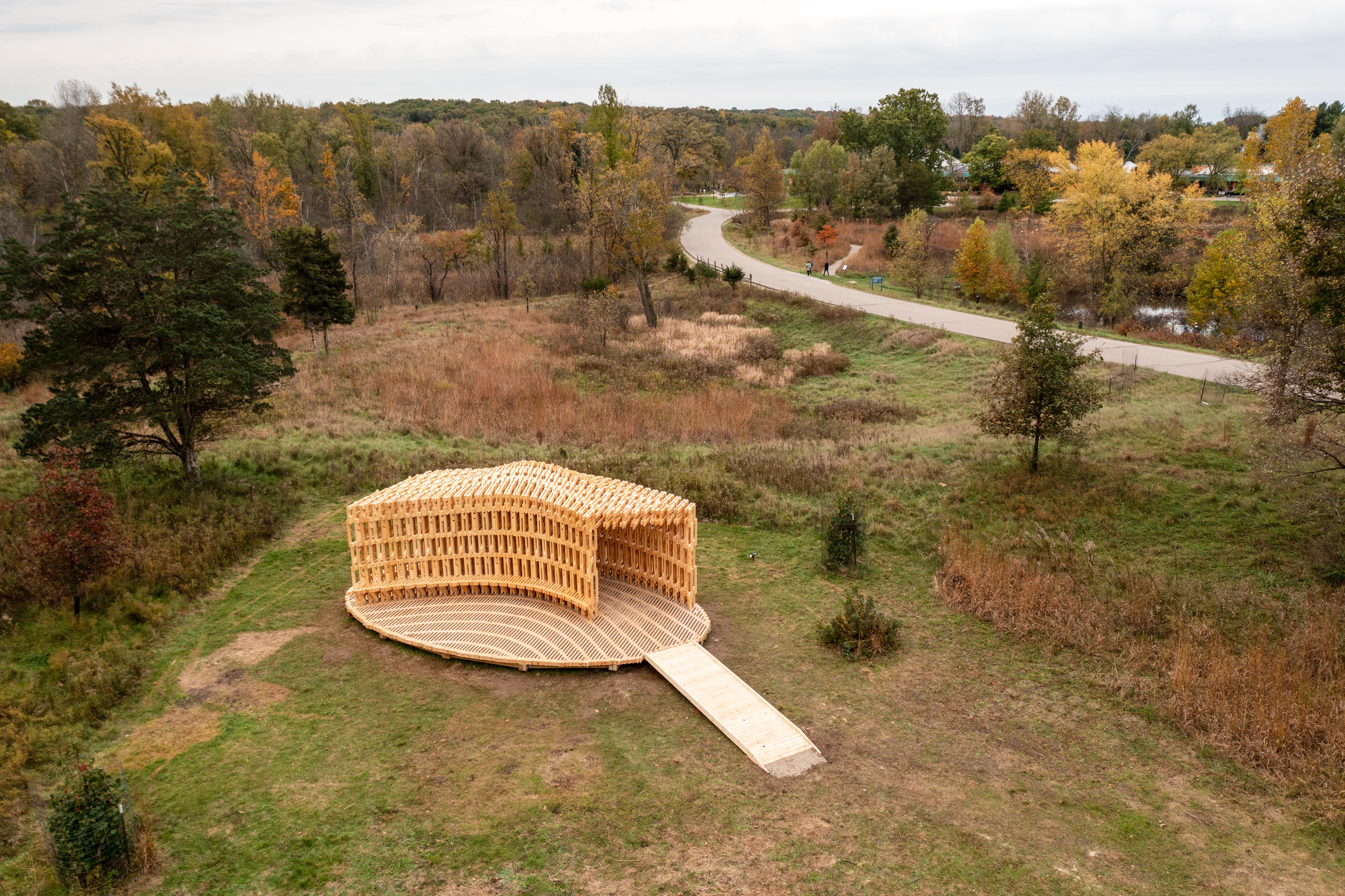 (The structure stands on an oval-shaped wooden platform)
(The structure stands on an oval-shaped wooden platform)
In designing this pavilion, the team aimed to promote low-carbon construction by showing the possibility of creating complex architectural structures. In addition, the RFS is also intended to introduce local timber sourced from one of the existing forests in the town of Ann Arbor, Michigan, USA
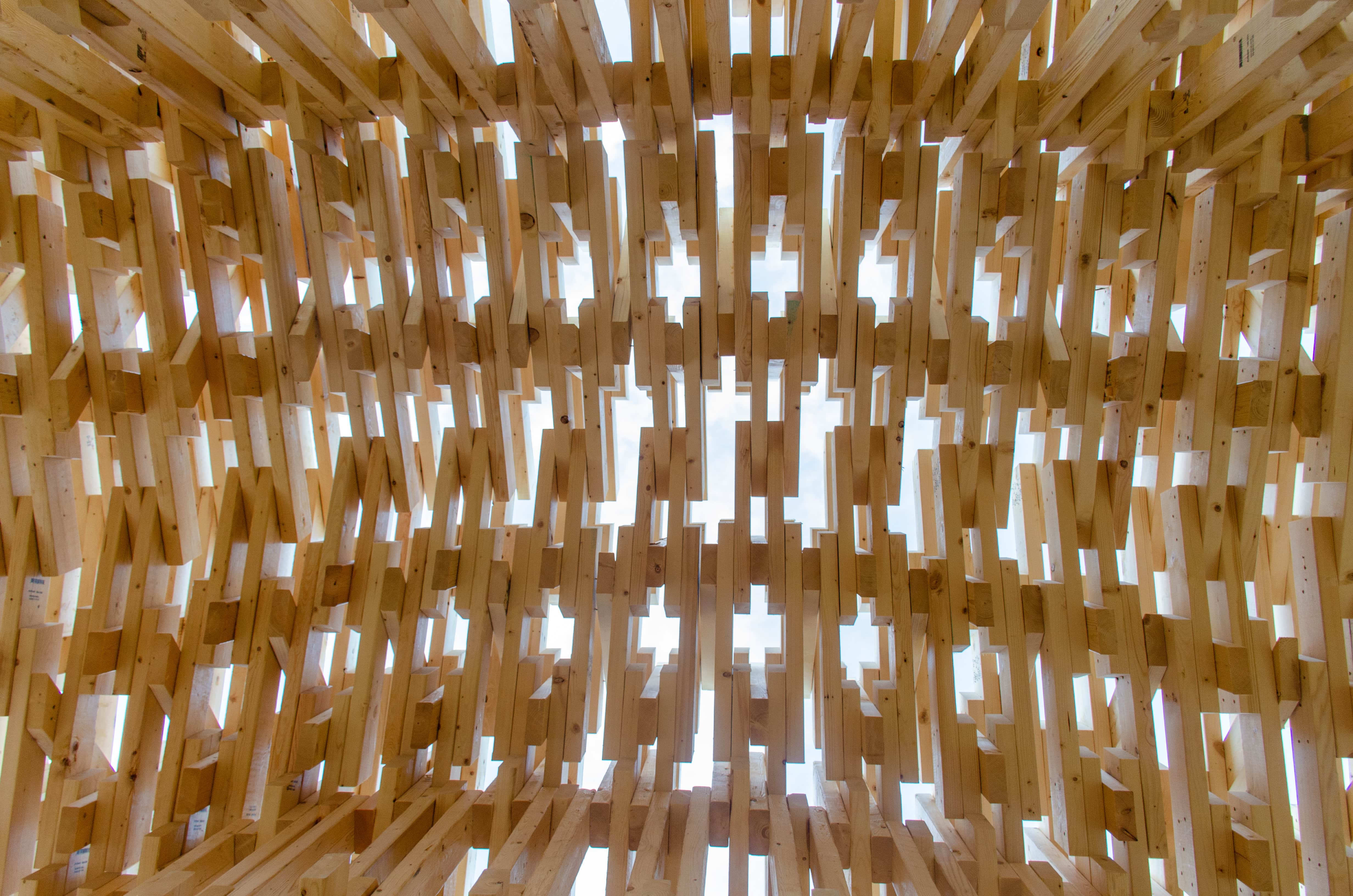 (Wood components form a matching motif)
(Wood components form a matching motif)
This is a pavilion with a complicated design level due to its structure's complexity. Therefore, the team uses a special algorithm to account for every detail. One method to arrange this pavilion is to use a robotic system to produce an environmentally friendly prefabricated structure.
After finding the correct algorithm, the team used the cutting-edge technology of the robot to assemble some components into a series of prefabricated frames made of local wood measuring 2x4 centimeters. Later, the team took the components to the Matthaei Botanical Garden to complete the construction of this wooden pavilion with the help of human hands.
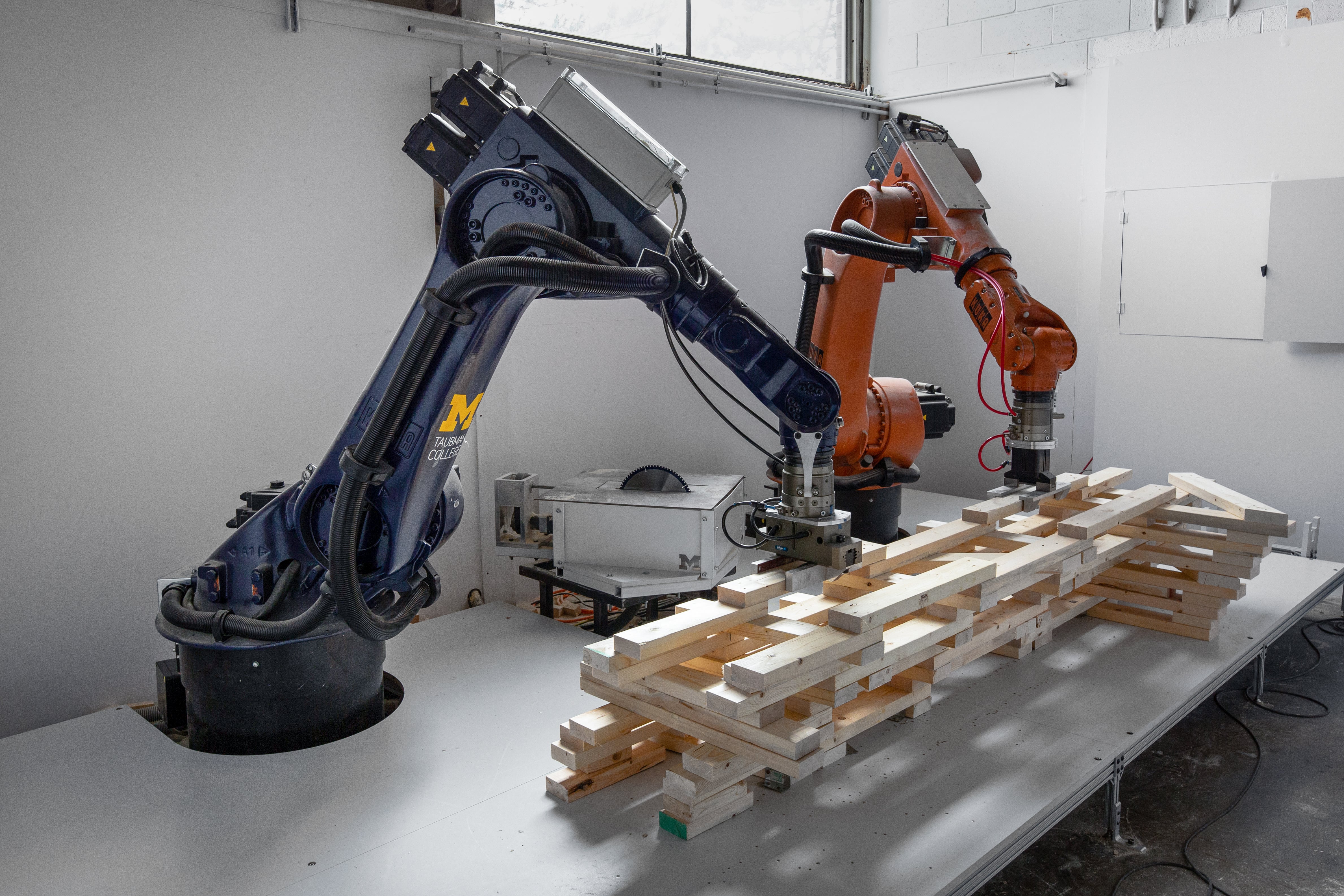 (Robot peacocks wooden components into a series of prefabricated frames)
(Robot peacocks wooden components into a series of prefabricated frames)
 (This series of prefabricated frames was then sent out and held together by human hands into a wooden pavilion)
(This series of prefabricated frames was then sent out and held together by human hands into a wooden pavilion)
This robotic prefabricated structure has been built in the Matthaei Botanical Garden in Ann Arbor, with a curved shape featuring a natural wood structure and integrated chairs wrapping around the edges of the outer area. To complete the pavilion's function, the team designed a curved tunnel arranged from 20 robotic prefabricated frames. This tunnel can be used as a visitor interaction space
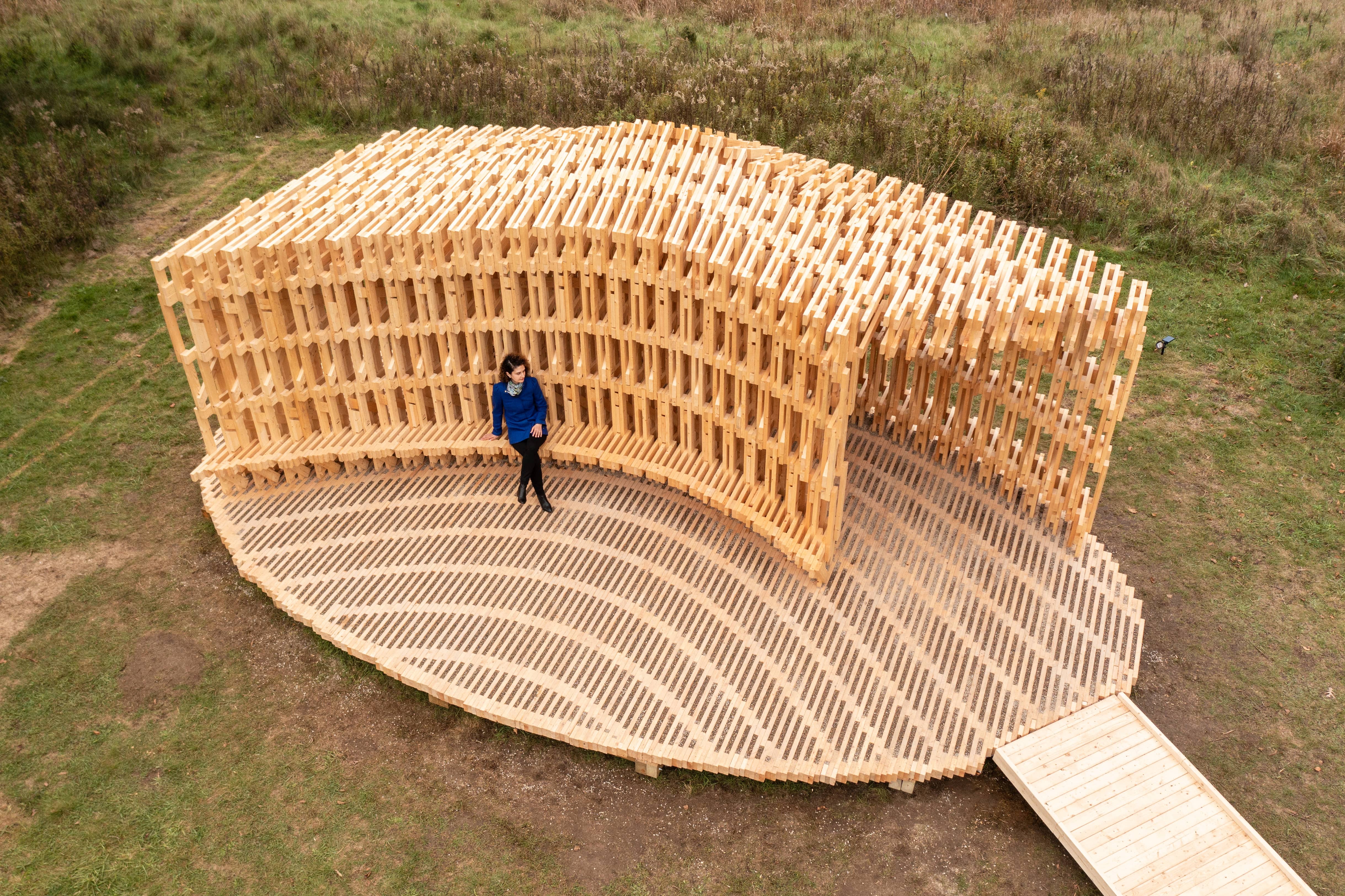 (Integrated seats, wrapping around the edge of the outer area of the pavilion)
(Integrated seats, wrapping around the edge of the outer area of the pavilion)
 (Tunnel consisting of 20 robotic fabricated frames)
(Tunnel consisting of 20 robotic fabricated frames)
According to professor Arash Adel – a researcher from ADR, this combination of algorithmic methods and robotic prefabrication allows the architectural world to realize complex building components to be designed conventionally, with minimal construction waste
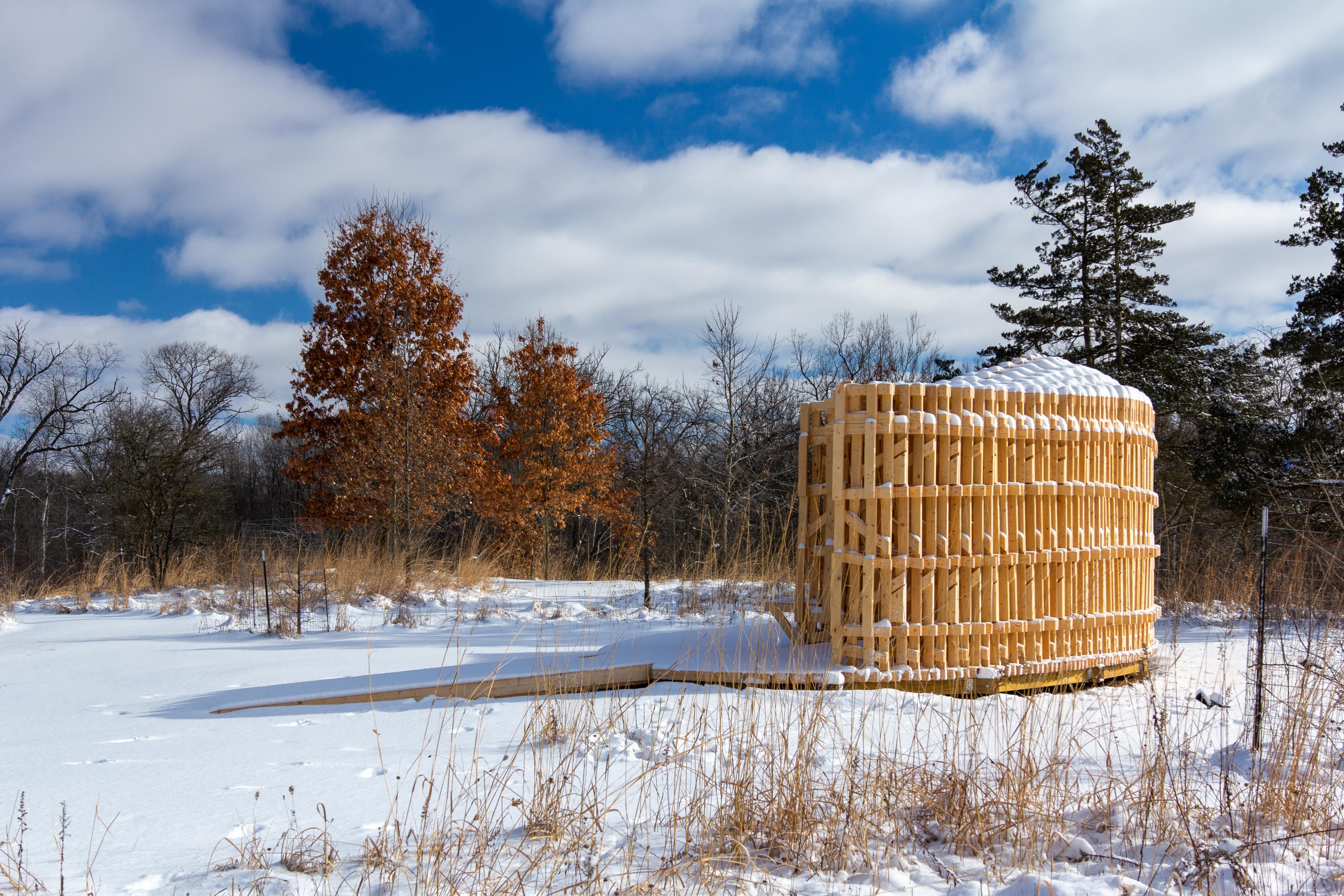 (View of the pavilion in winter)
(View of the pavilion in winter)

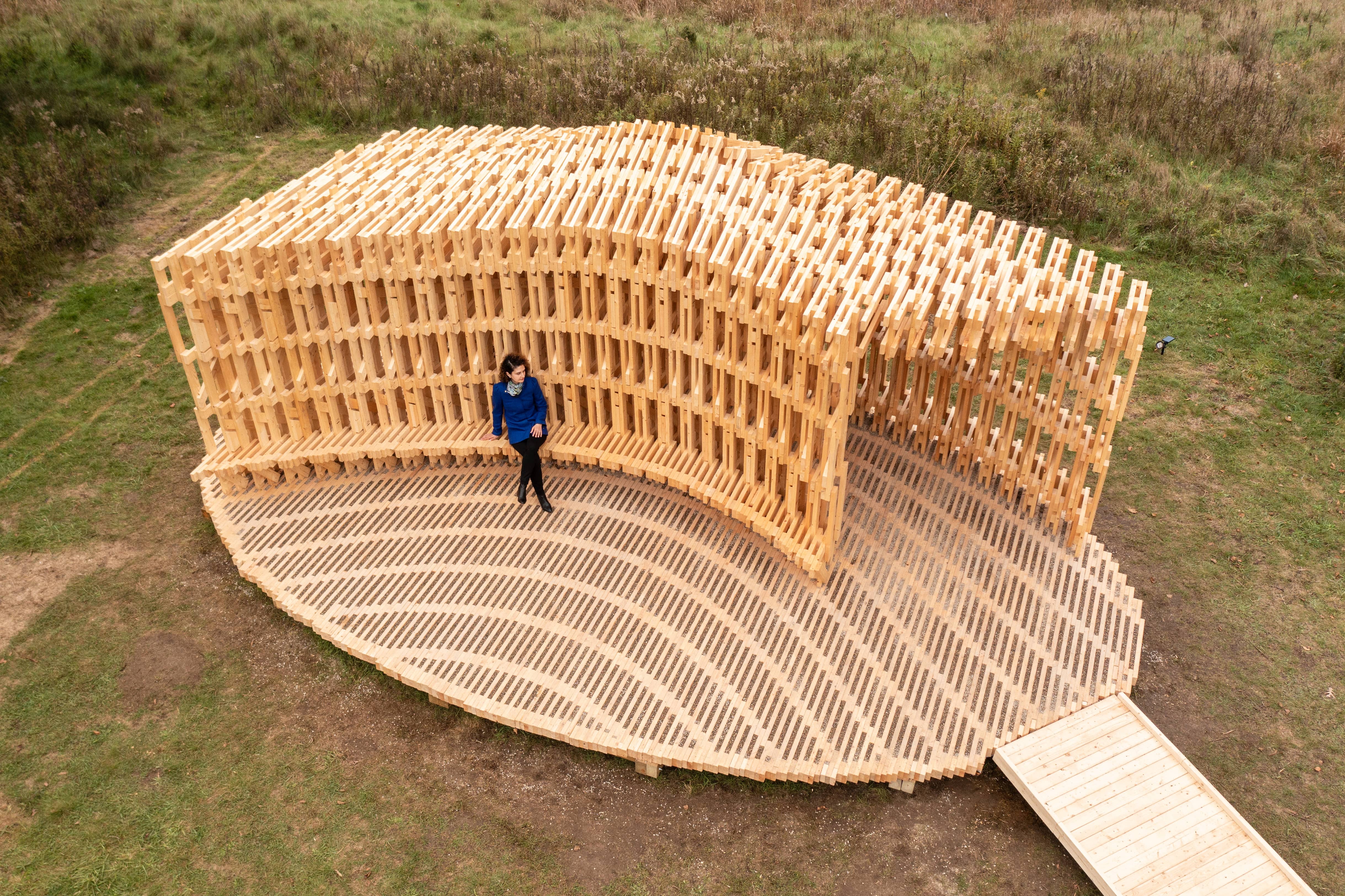


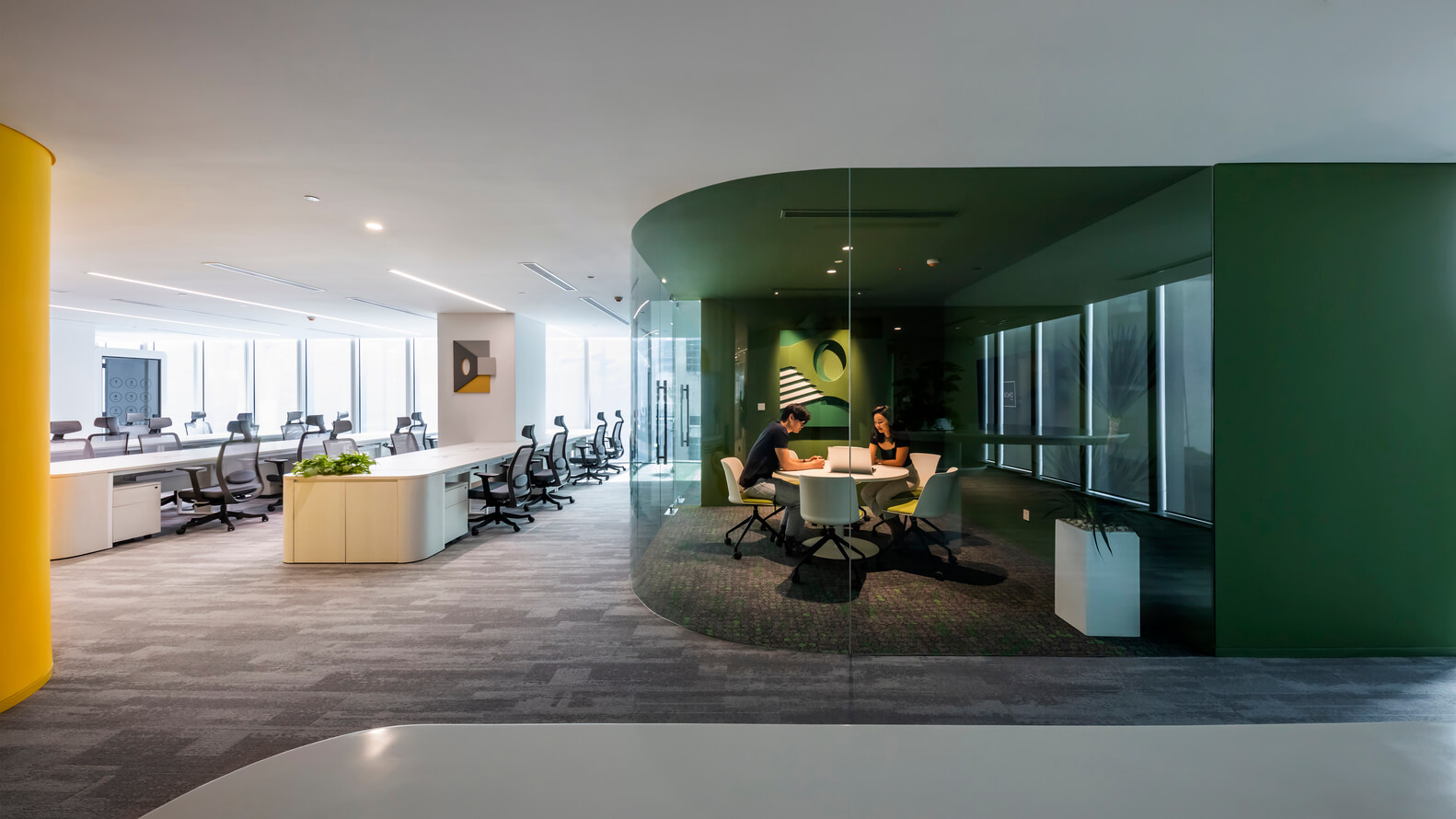


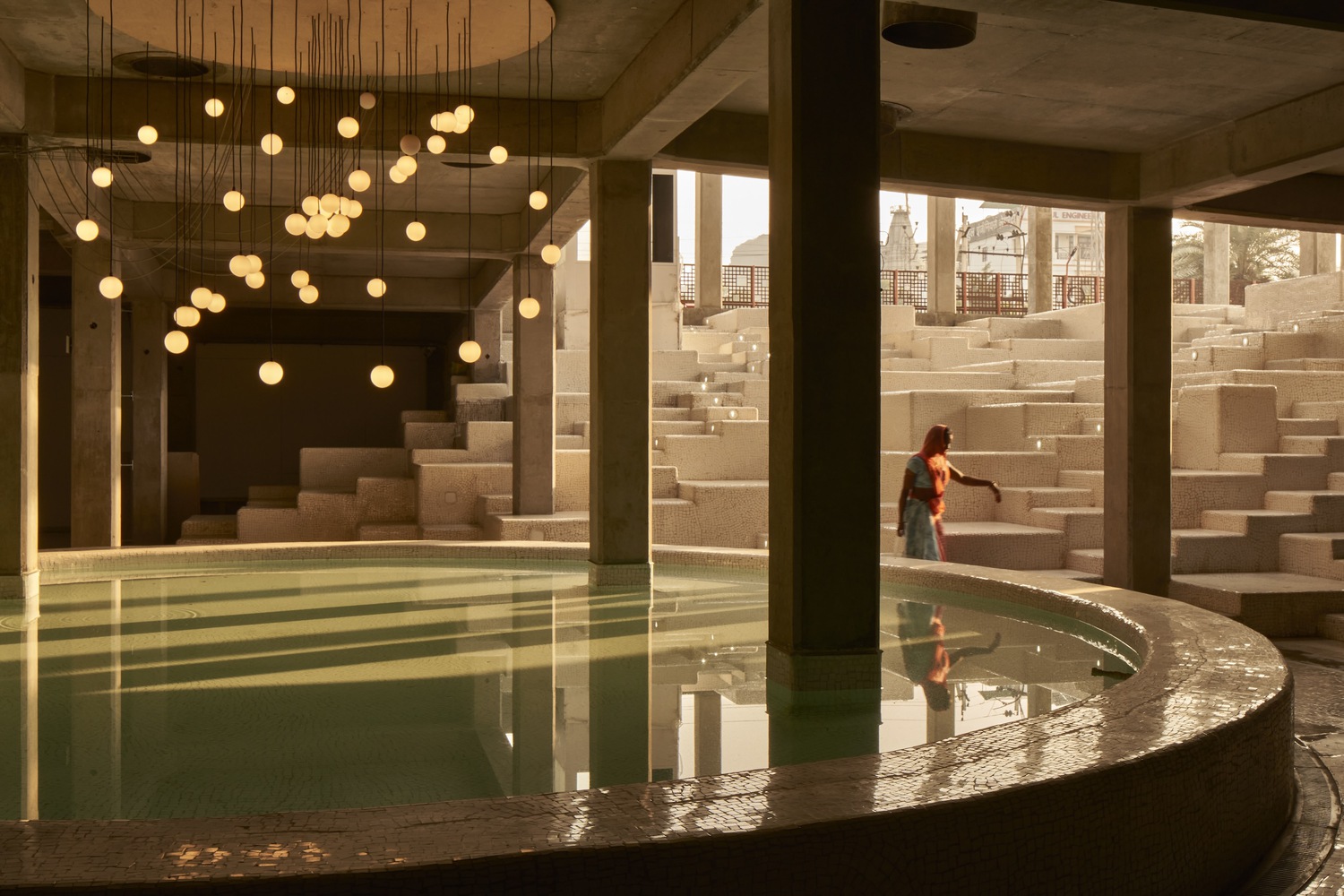
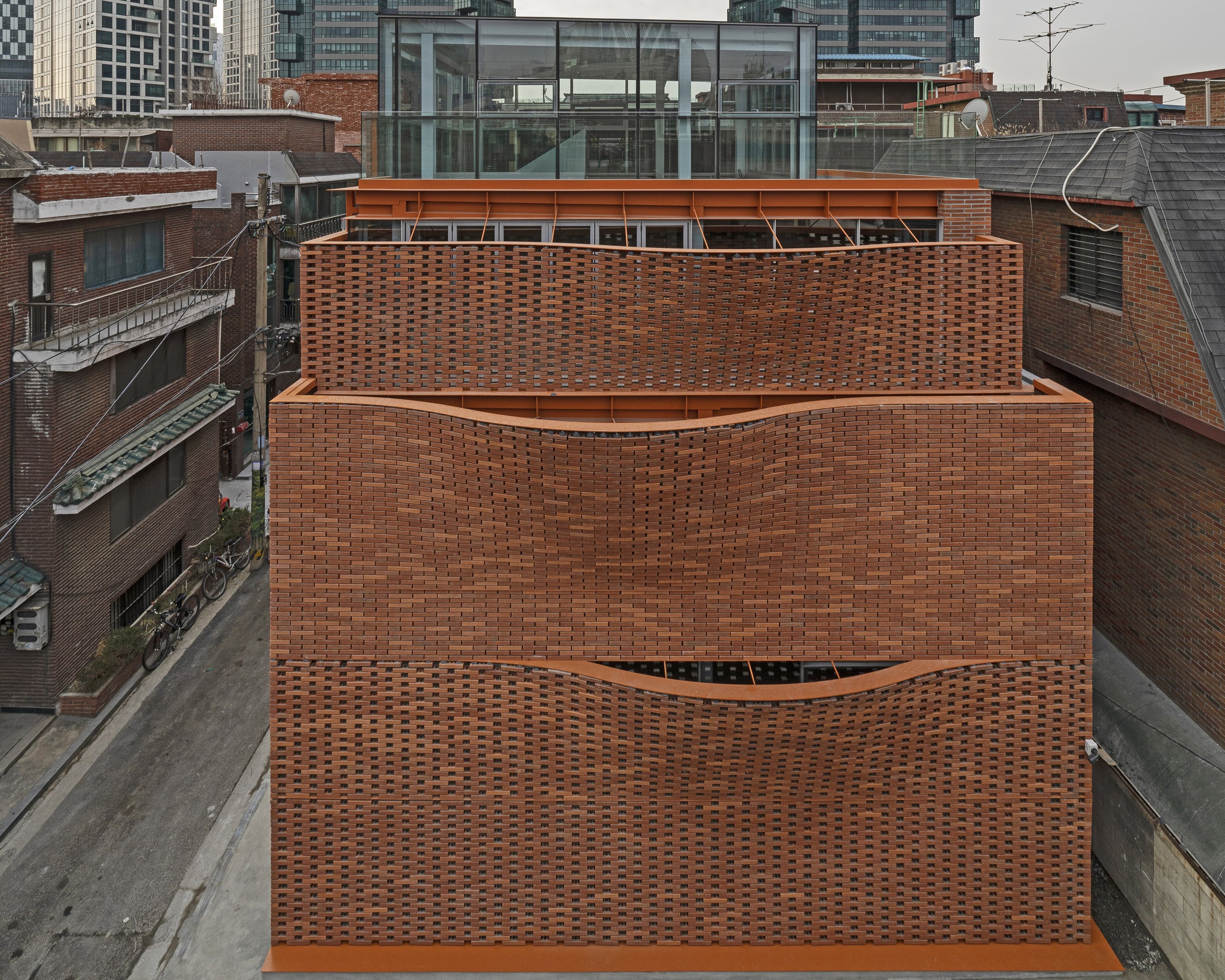

Authentication required
You must log in to post a comment.
Log in